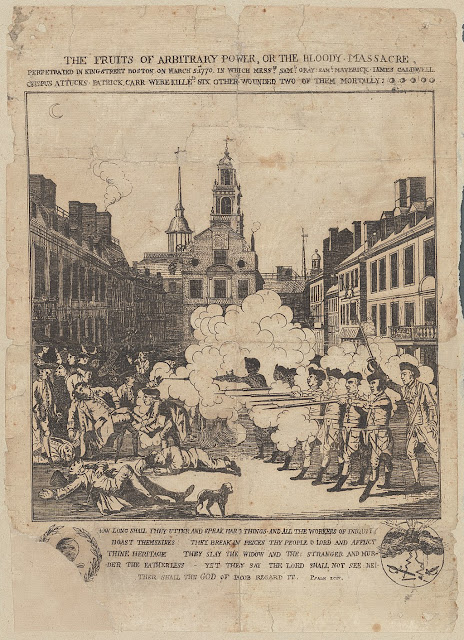On This Date In History
On March 5, 1963, the Hula Hoop, a hip-swiveling toy that became a huge fad across America when it was first marketed by Wham-O in 1958, is patented by the company’s co-founder, Arthur “Spud” Melin. An estimated 25 million Hula Hoops were sold in its first four months of production alone.
In 1948, friends Arthur Melin and Richard Knerr founded a company in California to sell a slingshot they created to shoot meat up to falcons they used for hunting. The company’s name, Wham-O, came from the sound the slingshots supposedly made. Wham-O eventually branched out from slingshots, selling boomerangs and other sporting goods. Its first hit toy, a flying plastic disc known as the Frisbee, debuted in 1957. The Frisbee was originally marketed under a different name, the Pluto Platter, in an effort to capitalize on America’s fascination with UFOs. (See also: https://www.frisbiepie.com/our_story/)
Melin and Knerr were inspired to develop the Hula Hoop after they saw a wooden hoop that Australian children twirled around their waists during gym class. Wham-O began producing a plastic version of the hoop, dubbed “Hula” after the hip-gyrating Hawaiian dance of the same name, and demonstrating it on Southern California playgrounds. Hula Hoop mania took off from there.
The enormous popularity of the Hula Hoop was short-lived and within a matter of months, the masses were on to the next big thing. However, the Hula Hoop never faded away completely and still has its fans today. Following the Hula Hoop, Wham-O continued to produce a steady stream of wacky and beloved novelty items, including the Superball, Water Wiggle, Silly String, Slip ‘n’ Slide and the Hacky Sack.
On March 5, 1770, on a cold, snowy night, a mob of American colonists gathers at the Customs House in Boston and begins taunting the British soldiers guarding the building. The protesters, who called themselves Patriots, were protesting the occupation of their city by British troops, who were sent to Boston in 1768 to enforce unpopular taxation measures passed by a British parliament that lacked American representation.
British Captain Thomas Preston, the commanding officer at the Customs House, ordered his men to fix their bayonets and join the guard outside the building. The colonists responded by throwing snowballs and other objects at the British regulars, and Private Hugh Montgomery was hit, leading him to discharge his rifle at the crowd. The other soldiers began firing a moment later, and when the smoke cleared, five colonists were dead or dying, Crispus Attucks, Patrick Carr, Samuel Gray, Samuel Maverick and James Caldwell, and three more were injured. The deaths of the five men are regarded by some historians as the first fatalities in the American Revolutionary War.
The British soldiers were put on trial, and patriots John Adams and Josiah Quincy agreed to defend the soldiers in a show of support of the colonial justice system. When the trial ended in December 1770, two British soldiers were found guilty of manslaughter and had their thumbs branded with an “M” for murder as punishment.
The Sons of Liberty, a Patriot group formed in 1765 to oppose the Stamp Act, advertised the “Boston Massacre” as a battle for American liberty and just cause for the removal of British troops from Boston. Patriot Paul Revere made a provocative engraving of the incident, depicting the British soldiers lining up like an organized army to suppress an idealized representation of the colonist uprising. Copies of the engraving were distributed throughout the colonies and helped reinforce negative American sentiments about British rule.
In April 1775, the American Revolution began when British troops from Boston skirmished with American militiamen at the battles of Lexington and Concord. The British troops were under orders to capture Patriot leaders Samuel Adams and John Hancock in Lexington and to confiscate the Patriot arsenal at Concord. Neither missions were accomplished because of Paul Revere and William Dawes, who rode ahead of the British, warning Adams and Hancock and rousing the Patriot minutemen.
Eleven months later, in March 1776, British forces had to evacuate Boston following American General George Washington’s successful placement of fortifications and cannons on Dorchester Heights. This bloodless liberation of Boston brought an end to the hated eight-year British occupation of the city. For the victory, General Washington, commander of the Continental Army, was presented with the first medal ever awarded by the Continental Congress. It would be more than five years before the Revolutionary War came to an end with British General Charles Cornwallis’ surrender to Washington at Yorktown, Virginia.
Henry Pelham's engraving that served as the basis for Paul Revere's engraving, The Bloody Massacre, depicting the Boston Massacre.
The March 12, 1770 newspaper report in the Boston Gazette, four days after the funeral; the illustration of the coffins depicts the initials of the four victims buried that day.
A grave marker for the Granary Burying Ground in Boston, where those killed in the Boston Massacre were buried.
Boston Massacre Memorial, Boston Commons, Boston, MA. Dedicated November 14, 1888.













No comments:
Post a Comment